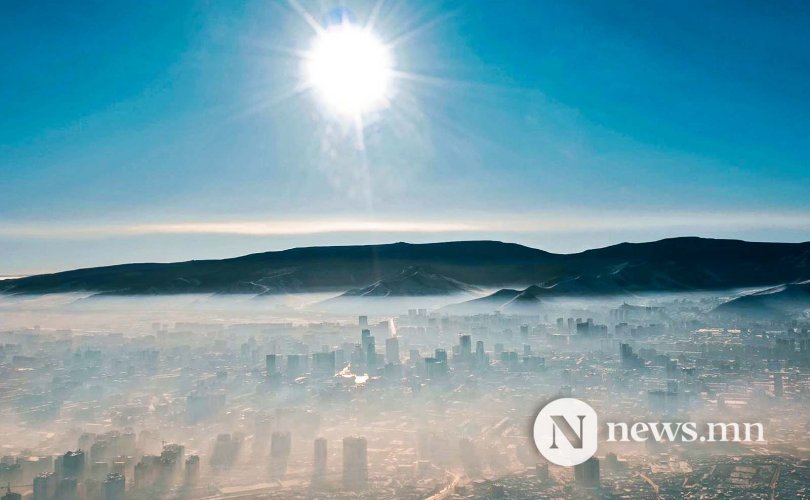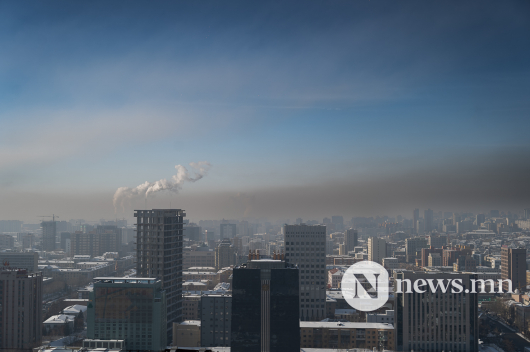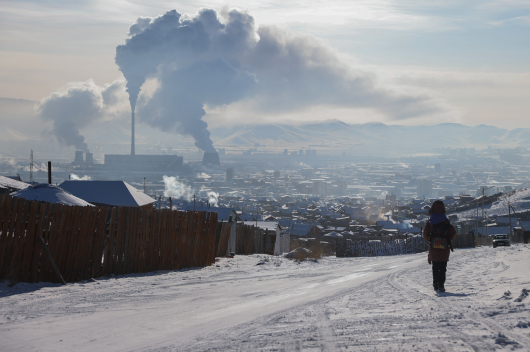On 1 December, Ulaanbaatar’s Air Quality Index was 169, showing air pollution levels with a particulate matter (PM) 2.5 concentration 18 times the World Health Organization (WHO) recommended level. It has remained well into unhealthy levels through 7 December.
Ulaanbaatar is the coldest capital city in the world. Nighttime temperatures falls below -40 degrees Celsius. Some 200 thousand people living in gers, traditional Mongolian yurts belonging mostly to migrants from the countryside, burn raw coal for heat as they do not have access to the central electricity grid of the capital. This practice has been identified as the main cause of Ulaanbaatar’s air pollution.
The city is located in the narrow valley of the Bogd mountain on the Tuul river. This geography creates a thermal inversion layer above the city, which traps its toxic air. With colder weather conditions expected in January and February, PM2.5 concentrations in the Mongolian capital could be up to 40 times higher than the WHO standard.
The toxicity of Ulaanbaatar’s winter air has very serious health implications for its population, particularly for children. Pneumonia is the second leading cause of death for children under 5, and children in Ulaanbaatar have 40 percent lower lung functioning capacity than children in rural areas of the country. Air pollution has also been strongly correlated with a decrease in delivered-infant conception rates during the winter months, demonstrating overall negative effects on reproductive health.
In May 2019, for the first time in history, the government implemented a ban on raw coal use. Instead, the government provided a form of processed coal product called briquettes, which burn for longer and don’t release fumes. (Source: Diplomat)
 3,575.44
3,575.44












Related News